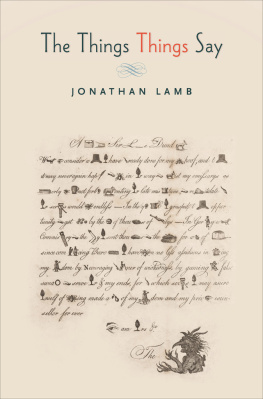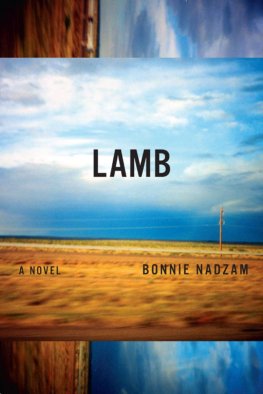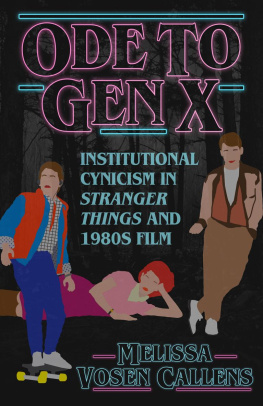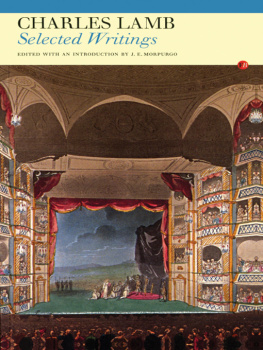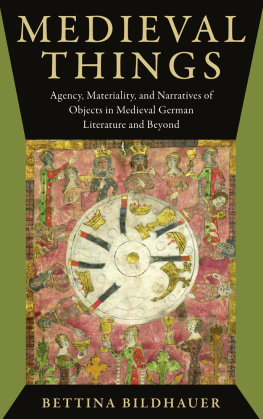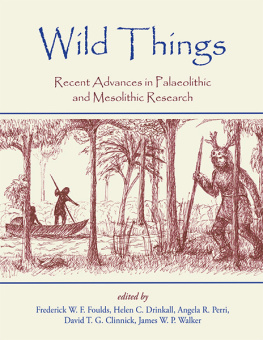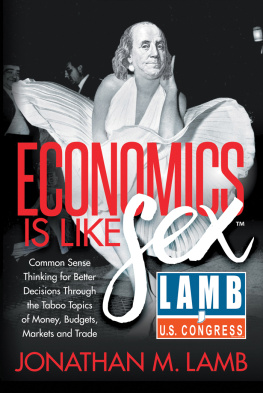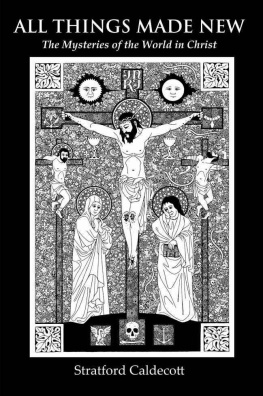The Things Things Say
The Things Things Say
Jonathan Lamb
PRINCETON UNIVERSITY PRESS
PRINCETON AND OXFORD
Copyright 2011 by Princeton University Press
Requests for permission to reproduce material from this work should be sent to Permissions, Princeton University Press
Published by Princeton University Press
41 William Street, Princeton, New Jersey 08540
In the United Kingdom: Princeton University Press,
6 Oxford Street, Woodstock, Oxfordshire OX20 1TW
All Rights Reserved
Library of Congress Cataloging-in-Publication Data
Lamb, Jonathan, 1945
The things things say / Jonathan Lamb.
p. cm.
Includes bibliographical references and index.
ISBN 978-0-691-14806-9 (hardcover : alk. paper) 1. English literature
eISBN 978-1-400-84008-3
18th centuryHistory and criticism. 2. Personal belongings in literature. 3. Property in literature. I. Title.
PR448.P47L36 2012
820.9'36dc22 2011001680
British Library Cataloging-in-Publication Data is available
press.princeton.edu
R0
For Charlie
Acknowledgments
To Bill Brown I owe the opportunity and the encouragement to think deeply about things in literature. His collection of essays, Things, appearing as a special issue of Critical Inquiry in 2001, together with the publication of his own study in 2003 whose title so happily invoked Campanella, The Sense of Things, fetched my ideas into focus, and what I offer here is really an expansion and wider application of the argument I formulated then, entitled Modern Metamorphoses and Disgraceful Tales. The influence of him and his colleagues at Chicago, notably Sandra Macpherson, Heather Keenleyside, and Jim Chandler, is plainly evident throughout. The conversation of Chris Pinney, and his work on South Asian chromolithography and photography, has been an inspiration to me since the beginning of this enterprise.
I record my gratitude to Joe Meisel and the Andrew W. Mellon Foundation for funding two summers of graduate seminars at Vanderbilt from 20067. They were called The Souls of Brute and Stupid Things and attracted students whose enthusiasm was a great fillip to all of us who taught them: Lynn Enterline, Colin Dayan, and David Wood (all from Vanderbilt), Oliver Berghof (San Marcos and Irvine), Mark Blackwell (Hartford) Wolfram Schmidgen (Washington University), Helen Thompson (Northwestern), Sandra Macpherson (Ohio State), Tony Brown (Minnesota), Frank Palmeri (Florida), and Heather Keenleyside (Chicago). Their collaboration was invaluable. During 20056, I held the R. Stanton Avery Distinguished Fellowship at the Huntington Library which put me in the middle of an opulent archive where many a vagrant idea was brought to heel. To Roy Ritchie and the trustees I am grateful for that opportunity. A visiting fellowship in 20089 at Kings College, Cambridge caused me to gather in and consolidate all the information I had assembled over the previous eight years. I thank the Provost and the Fellows for their hospitality, and in particular Peter de Bolla and Alex Regier for the rigorous scrutiny they gave three of my chapters over as many days of intense discussion early in 2009. To my respondents at that event, Markman Ellis and Andrea Haslanger, and to Peter de Bolla, who chaired each of the sessions, I am much indebted. Concurrently in the Michaelmas Term of 2008 I held a fellowship at the Centre for Research in the Arts, Social Sciences and Humanities. To the staff at CRASSH, and to Professor Mary Jacobus, the director, I say a big thank you.
Julie Park read an early version of the , offering observations and suggestions from which I have benefited. Two anonymous readers at Princeton University Press gave me splendid advice about the structure of the argument, which I hope I have followed. During my visits to Cambridge over the last five years Mark Phillips has been an invaluable interlocutor, and I thank him for his patience. Between 200910 the History Department at Vanderbilt ran a stimulating series of seminars on things under the direction of Gary Gerstle, and I am glad I was invited to contribute to it. In the Fall Term of 2009 Lynn Enterline and I jointly taught an undergraduate class on metamorphosis. I hope it was as exciting for the students as it was for me; certainly a good number of the ideas we discussed appear in the following pages. Last Spring, Nick Paige and I convened a colloquium at Vanderbilt under the rubric of The History of Fiction, and this afforded me a view of the topic that influenced considerably the last revision of The Things Things Say. Nick Paige, Margaret Cohen, April Alliston, Michael McKeon, Francoise Lavocat, Lynn Festa, Andrea Haslanger, and Mark Phillips all deserve my thanks for the range and subtlety of what they brought to the table.
Without the extremely generous policy for leave and research funding of Vanderbilt University, I doubt if this book could have been written. Richard McCarty and Carolyn Dever, successive deans, deserve thanks for their active faith in the project, also my chair Jay Clayton for his goodwill, and Janis May, Susan Crisafulli, Dan Spoth, Amanda Hagood, Beau Baca, Amanda Johnson, Adam Miller, and Killian Quigley for all the work they have done on my behalf. My wife Bridget Orr has throughout the decade been a cheerful supporter, and Charlie, to whom I dedicate the book, has proved an exemplary enthusiast for things of all sortsfleets of wooden boats, squadrons of paper aeroplanes and battalions of tin soldiers have defined his association with frogs, tadpoles, fish, water and most especially mud.
Prologue
The Thing spoke itself.
Daniel Defoe, Roxana
This book explores the difference between objects that serve human purposes and things that dont. The properties of objects of most interest to us are their mobility in the world of exchange, expressed as commercial and symbolic value, and their interpretability as specimens and curiosities, expressed as knowledge. We are interested in their contribution to the circulation of information, goods, and money because of the importance it imparts to us, the owners of them. Things, on the other hand, are obstinately solitary, superficial, and self-evident, sometimes in flight but not in our direction; they communicate directly only with themselves, and have no value in the market that they reckon. It has been suggested recently that this difference between objects and things is only apparent, a paradox of portability or an illusion of commodity fetishism that allows objects to masquerade for a while as lonely literal things, until such time as they re-enter the system of communication as figures, characters, and signs (Plotz 2008: 26; Freedgood 2006: 9). To be sure, many a thing has been an object until it was changed, like the three hats, one cap, and two non-matching shoes Robinson Crusoe sees lying on the beach after the shipwreck; but these particular items are never to be valued again, either as objects to be exchanged or used, or as signs of a definite idea. What makes them so sinister or implacable (to use Adornos word) is their irrelevance to any human system of value, even though humans once made, bought, and wore them. The transformation from object into thing tends to be final and irreversible, not dialectical. When they ride away on their speckled horses, Edward Lears sugar-tongs and nutcrackers have gone for good: They faded away, and they never came back (Lear 2002: 273). Once having made the change, things do not return as anthropomorphized items in the systems of exchange and symbolic labor. They are positioned starkly in opposition to objects that represent other objects, or descriptive facts that serve as metaphors, or sheer surfaces that advertise hidden meanings.

